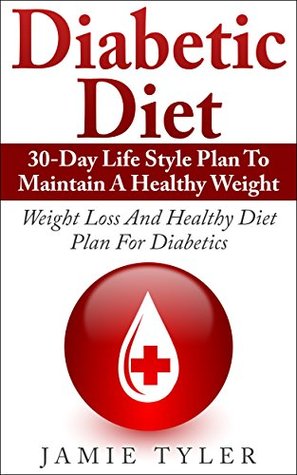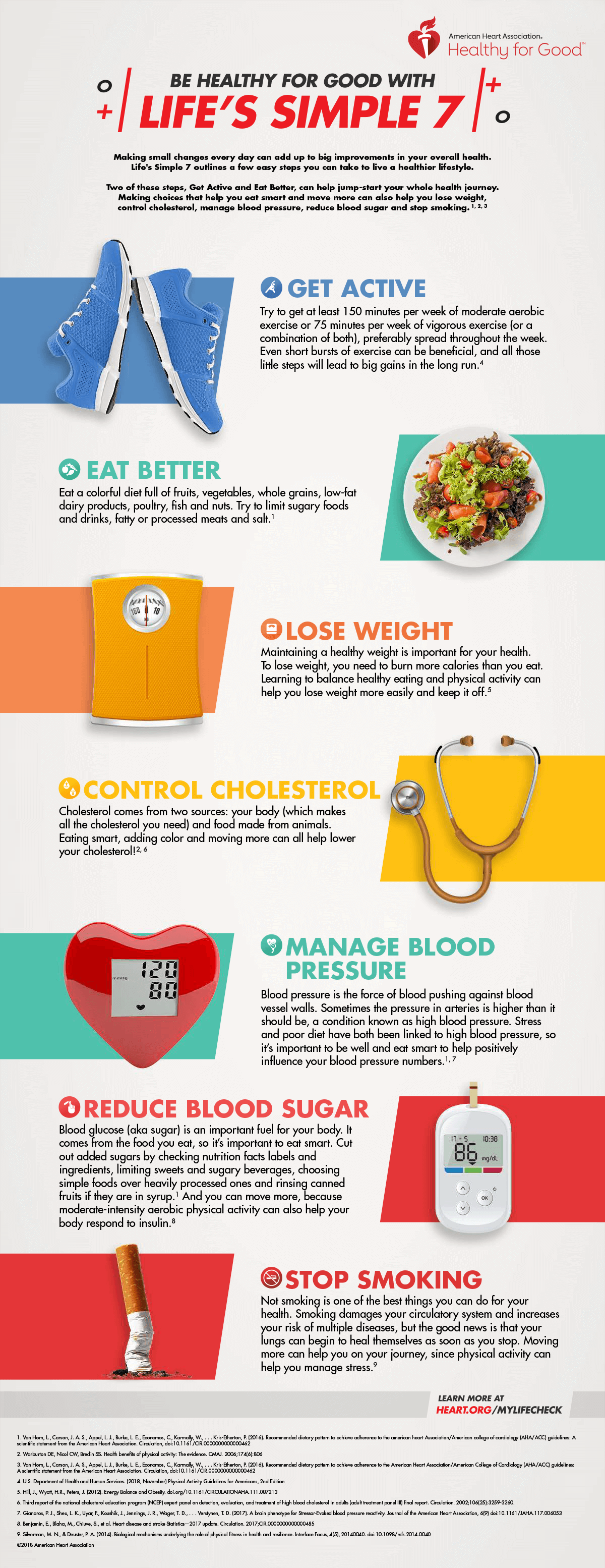
Talking to your children about fatphobia is one of the best ways to fight it. This can be done by pausing your movies and calling out the comments that you hear. Talk about fat kids in your conversations. It's not okay to make discriminatory comments and it is absolutely unacceptable. As a parent, it's even more important to explain fatphobia to your children so they can understand why it is wrong.
Studies show that obese or overweight children are more likely be shunned than skinny ones. Fat kids can lead to loneliness, depression, poor health and other problems. Many of these children live to adulthood and succeed despite all these challenges. Here are five methods to help these children overcome stigmatism and live happier lives.

First, give your fat children lots of food. You should make sure they have a variety of foods, not just a few. They should be able to tell you that good food is healthy and delicious. It is important to encourage your children to help you cook. This will help them build a positive experience with food and improve their life skills. The second is to give them more of your favorite foods. You will be amazed at the foods they will eat. You can offer more food to them.
Third, you must be open about the potential dangers of being obese or overweight. Adults are often not supportive of obese or overweight children. You should be your child's most vocal advocate. You should insist that your child's pediatrician does not discuss weight with you. You should not allow the conversation to continue in front of your child. It's best to your child's good health!
In addition to limiting the amount of television that kids watch, you should be more active and get your child outside regularly. You can get kids moving by creating a walking schoolbus. If you're not into sports, consider enrolling your child in a walking school bus. You can help your child stay healthy by signing up for a running, walking, or charity event. A society must promote healthy eating habits for children.

It's important to increase your physical activity every day in order to overcome the stigma that comes with being overweight. Even a quick walk is enough to get your child moving. Exercise is a great way to increase your child's self-esteem. This can be done by creating a family exercise programme. You can help your child feel more confident, and less stressed by doing a daily exercise program.
FAQ
What are the top 10 healthy habits?
-
Eat breakfast every day.
-
Don't skip meals.
-
Keep a balanced diet.
-
Get lots of water.
-
Take care your body.
-
Get enough sleep.
-
Avoid junk foods.
-
Daily exercise
-
Have fun!
-
Meet new people.
How does an antibiotic work?
Antibiotics are drugs which destroy harmful bacteria. Antibiotics are used for treating bacterial infections. There are many different types of antibiotics. Some are given orally, while some are injected. Other antibiotics are applied topically.
Antibiotics are often prescribed to people who have been exposed to certain germs. For example, if someone has had chicken pox, he or she might take an oral antibiotic to prevent shingles later on. Or, if someone has had strep throat, he or she might receive an injection of penicillin to help prevent pneumonia.
Children should not be given antibiotics without the consent of a doctor. Children are at greater risk of developing side effects from antibiotics than adults.
Diarrhea is the most common side effect from antibiotics. Other side effects possible include dizziness, nausea, vomiting, stomach cramps, dizziness and allergic reactions. These symptoms generally disappear once the treatment has finished.
How do you measure body fat?
A Body Fat Analyzer (BFA) is the best method to measure bodyfat. These devices measure the body fat percentage in people who wish to lose weight.
Statistics
- The Dietary Guidelines for Americans recommend keeping added sugar intake below 10% of your daily calorie intake, while the World Health Organization recommends slashing added sugars to 5% or less of your daily calories for optimal health (59Trusted (healthline.com)
- According to the Physical Activity Guidelines for Americans, we should strive for at least 150 minutes of moderate intensity activity each week (54Trusted Source Smoking, harmful use of drugs, and alcohol abuse can all seriously negatively affect your health. (healthline.com)
- nutrients.[17]X Research sourceWhole grains to try include: 100% whole wheat pasta and bread, brown rice, whole grain oats, farro, millet, quinoa, and barley. (wikihow.com)
- According to the 2020 Dietary Guidelines for Americans, a balanced diet high in fruits and vegetables, lean protein, low-fat dairy and whole grains is needed for optimal energy. (mayoclinichealthsystem.org)
External Links
How To
What does the word "vitamin" mean?
Vitamins are organic compounds naturally found in food. Vitamins allow us to absorb nutrients from food. Vitamins are not made by the body, so they must be obtained through food.
There are two types if vitamins: water soluble, and fat soluble. Water soluble vitamins dissolve easily in water. You can find vitamin C,B1 or thiamine, B2 or riboflavin and B3 or niacin, B3/niacin, B6/pyridoxine, folic Acid, biotin and pantothenic Acid as examples. The liver and fatty tissues are home to fat-soluble vitamins. Vitamin D, E, K and A are some examples.
Vitamins can be classified according to biological activity. There are eight major types of vitamins:
-
A - Essential for healthy growth and health maintenance.
-
C - essential for nerve function and energy generation.
-
D - Vital for healthy bones and teeth
-
E - Required for good vision & reproduction
-
K - essential for healthy muscles, nerves, and bones.
-
P - Essential for strong bones and teeth.
-
Q - Aids in digestion and absorption.
-
R - necessary for making red blood cells.
The recommended daily allowance of vitamins (RDA), varies according to age, gender, physical condition, and other factors. The U.S. Food and Drug Administration has established the RDA values.
For example, the RDA for vitamin A is 400 micrograms per dayfor adults 19 years or older. For fetal development, pregnant women need 600 mg per day. Children ages 1-8 require 900 micrograms per day. Infants below one year old require 700mg per day. But, between 9 months to 12 months, the amount drops to 500mg per day.
Children aged between 1-18 years require 800 micrograms of sugar per day, while overweight children need 1000 micrograms. Children who are underweight receive 1200 micrograms every day to meet their nutritional requirements.
2200 mg of vitamin A per day is required for children aged 4-8 who have been diagnosed by anemia.
2000 micrograms are required daily for good health in adults over 50. Breastfeeding or pregnant women require 3000 micrograms per daily due to higher nutrient demands.
Adults over 70 require 1500 micrograms each day, since they lose around 10% of their muscle mass every decade.
Women who are pregnant and lactating need more nutrients than the RDA. Pregnant woman need 4000 micrograms daily in pregnancy, and 2500 per day after childbirth. Breastfeeding mothers need 5000 micrograms per day when breast milk is being produced.